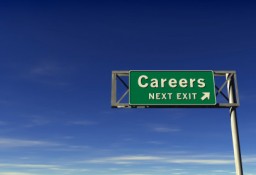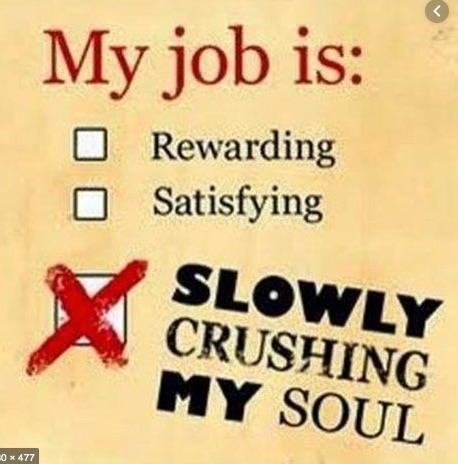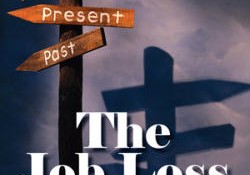The founder of the Ford Motor Company, Henry Ford, once said, “Whether you think you can, or you think you can’t—you’re right.”
What we think, what we believe, reveals our deepest values. When somebody tells me they really want to change careers but don’t think they can, what they often mean is that they can’t afford to… because they believe that changing careers means trading their current income for something much less.
Fair enough, I get it, money makes the world go round, so their current income is more important to them than anything else…until it isn’t.
For example, the one situation where money becomes much less important is when a person’s health is jeopardized by their job, i.e. when they become too sick, physically or mentally, to keep doing a job, especially if the job itself is making them sick.
After 30 years as a career counsellor, I have seen this scenario play out hundreds of times. Many of my clients were forced to change careers due to severe back pain, neck and shoulder pain, carpal tunnel syndrome, cancer, heart conditions, depression, crippling anxiety, addiction, and other common conditions.
Those with health benefits often go on long term disability which often only delays the inevitable eventuality of having to find other work. But serious pain usually forces many of these unlucky individuals into a career change.
Either way, hard choices are involved because lifestyles will change one way or another; maybe for better, maybe for worse.
Henry Ford filed for bankruptcy twice before he was able to succeed with his Ford Motor Company. Clearly, thinking positively is not enough to guarantee success.
Ford had to make a plan, take effective actions, make corrections when things didn’t work out, recruit help from others when necessary, and keep going with a clear goal in mind. But, surely, thinking that he could do it must have helped him through some difficulties!
Making a career change means making changes in your life. That’s a simple fact.
Getting sick only forces you to make them.
If you’re healthy now, use your time wisely to create the changes you want!










